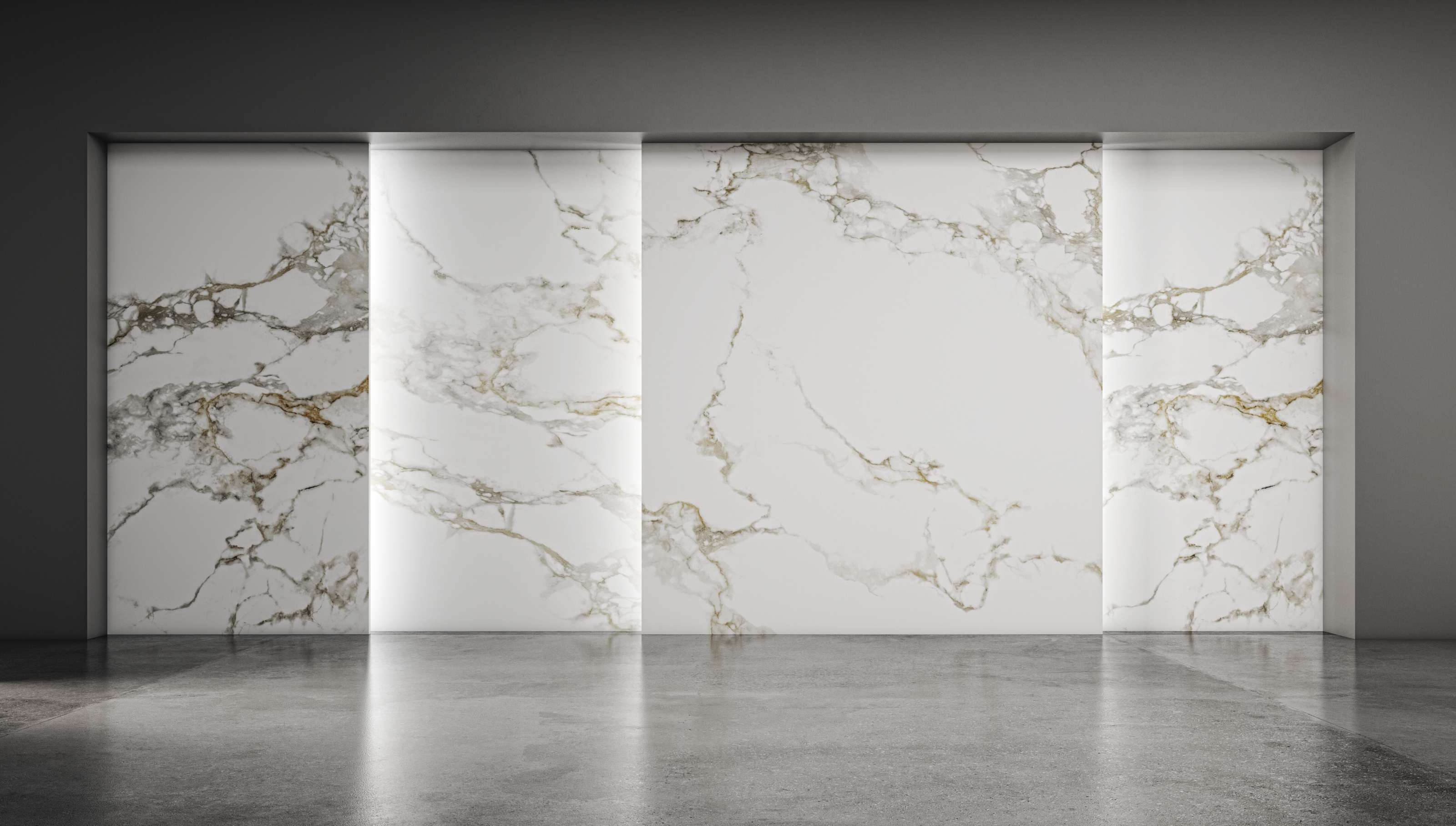
Quartz stone, often simply referred to as quartz, is a mineral composed primarily of silicon dioxide (SiO2). It is one of the most abundant minerals on Earth and can be found in various geological formations worldwide. Quartz stone is renowned for its durability, versatility, and aesthetic appeal, making it a popular choice for a wide range of applications, particularly in interior design and construction.
Quartz stone can be found in different geological settings, including igneous, metamorphic, and sedimentary environments. In igneous rocks, quartz crystals form as a result of the crystallization of silica-rich magma. In metamorphic rocks, such as quartzite, quartz grains recrystallize under high temperature and pressure conditions. In sedimentary rocks, quartz grains accumulate and become cemented together over time, forming rocks like sandstone.
In addition to its natural occurrences, quartz stone is also manufactured synthetically through processes such as hydrothermal synthesis and the compression of quartz sands and resins. Engineered quartz, also known as quartz composite or engineered stone, is produced by combining crushed quartz crystals with polymer resins and pigments. This process results in a durable and customizable material that is suitable for countertops, flooring, wall cladding, and other architectural and design applications.
Whether formed naturally through geological processes or manufactured synthetically, quartz stone offers unparalleled aesthetic appeal and functional performance, making it an essential component of modern construction and design.
Quartz stone comes in various colors and patterns, ranging from clear and transparent to opaque and colored varieties such as rose quartz, amethyst, citrine, and smoky quartz. These variations in color and appearance are often due to impurities and trace elements present in the mineral.
In its purest form, quartz is colorless and transparent, resembling glass. While pure quartz is colorless and transparent, impurities and trace elements can impart various colors and patterns to quartz stone. Common varieties of quartz stone include clear quartz, rose quartz, amethyst, citrine, and smoky quartz, each exhibiting distinctive colors and properties due to specific mineral inclusions.
● Quartz stone is known for its hardness, ranking 7 on the Mohs scale of mineral hardness, making it resistant to scratches and abrasion.
● It has excellent heat resistance, making it suitable for use in kitchens and bathrooms where hot pots and pans may come into contact with the surface.
● Quartz stone is non-porous, meaning it does not absorb liquids, making it highly resistant to staining and bacterial growth.
● It is also resistant to chemicals, acids, and household cleaners, making it easy to clean and maintain.
● Unlike natural stones like marble and granite, quartz stone does not require sealing or special maintenance treatments.
● Quartz stone is commonly used as countertops in kitchens and bathrooms due to its durability, stain resistance, and aesthetic appeal.
● It is also used for flooring, wall cladding, backsplashes, and shower surrounds in residential and commercial settings.
● In addition to its use in interior design, quartz stone is also used in the production of jewelry, particularly in the form of polished gemstones and cabochons.
● Industrial applications of quartz stone include its use in the production of glass, ceramics, silicon semiconductors, and optical lenses.
The popularity of quartz stone continues to grow, with a wide range of colors, patterns, and finishes available to suit various design preferences.
Recent trends in quartz stone include larger slab sizes, thinner profiles, and more realistic patterns that mimic the look of natural stone.
Advances in manufacturing technology have led to the development of ultra-compact quartz surfaces that offer enhanced durability, heat resistance, and design possibilities.
By understanding the above information about quartz stone, consumers and professionals can make informed decisions about its use in various applications while considering factors such as durability, sustainability, health, and design aesthetics.